Stepper motor selection principle do you know _ stepping motor selection error inventory
A stepper motor is a special motor used for control. Its rotation is performed step by step at a fixed angle (called "step angle"). Its characteristic is that there is no accumulated error (accuracy is 100%). So it is widely used in various open-loop control. The operation of the stepper motor requires an electronic device to drive, this device is a stepper motor driver, it is to convert the pulse signal sent by the control system into the angular displacement of the stepper motor, or that: the control system sends a pulse signal each time, The stepper motor is rotated by a step angle through the driver. Therefore, the speed of the stepper motor is proportional to the frequency of the pulse signal. Although stepper motors have been widely used, stepper motors cannot be used as conventional DC motors and AC motors are conventionally used. It must be composed of a dual ring pulse signal, power drive circuit and other control systems. Therefore, it is not easy to use a stepper motor. It involves many professional knowledge such as machinery, motors, electronics and computers.
This article mainly introduces the selection principle of the stepping motor and the misunderstanding of the selection. Firstly, the principle of selection is introduced. Secondly, the selection elements and selection steps of the stepping motor are introduced. Finally, the misunderstanding of the selection of the stepping motor is described. Follow Xiao Bian to learn more about it.
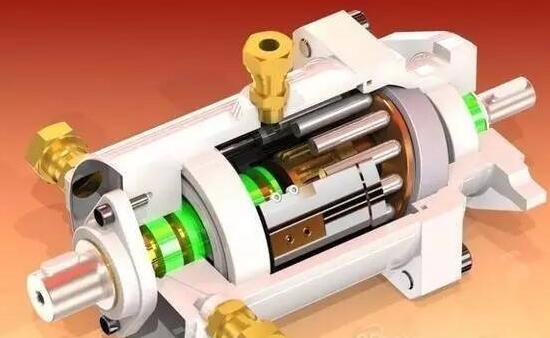
1, first determine the stepper motor drag the load required torque. The simplest method is to add a lever on the load shaft and pull the lever with a spring balance. The pull force multiplied by the arm length is the load moment. Or theoretically calculated based on load characteristics. As the stepper motor is a control type motor, the maximum torque of a commonly used stepper motor does not exceed 45Nm. The larger the moment, the higher the cost. If the motor torque you choose is larger or exceeds this range, you may consider adding a deceleration device.
2. Determine the maximum operating speed of the stepper motor. The speed index is very important in the selection of stepping motor. The characteristic of stepping motor is that as the speed of the motor increases, the torque decreases. The speed of the decrease is related to many parameters, such as: drive voltage of the drive, phase current of the motor , The phase inductance of the motor, the size of the motor, etc. The general rule is that the higher the driving voltage, the slower the torque drop; the larger the phase current of the motor, the slower the torque drop. When designing the solution, the motor speed should be controlled at 1500 rpm or 1000 rpm. Of course, this is not a standard specification. See the “Moment-frequency characteristics†section.
3. According to the two important indexes of the maximum torque and the maximum speed of the load, and then referring to the <moment-frequency characteristics>, it is possible to select a stepping motor that is suitable for itself. If you think that your selected motor is too large, you can consider adding a deceleration device, which can save costs, but also can make your design more flexible. To select a suitable reduction ratio, consider the relationship between torque and speed and choose the best solution.
4. Finally, consider a certain (such as 30 percent) torque margin and rotational speed margin.
5, try to choose hybrid stepper motor, its performance is higher than the reflection stepper motor.
6. Select the subdivision driver as far as possible, and make the driver work in subdivided state.
7. When selecting, do not walk into the misunderstanding of just looking at the torque of the motor, which means that the bigger the torque of the motor is, the better it is. It should be considered together with the speed index.
8, in the case of higher speed requirements can choose to drive a little higher voltage driver.
9, in the purchase is the use of two-phase or three-phase, which does not have any specific requirements, as long as the step angle can meet the use requirements on the line.
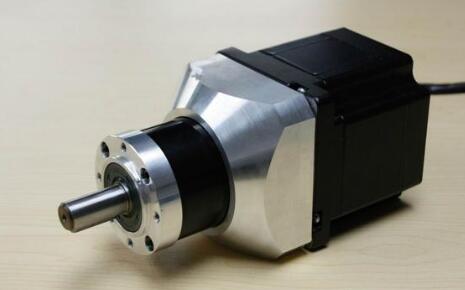
1, the choice of step angle
The step angle of the motor depends on the accuracy of the load, and the minimum resolution (equivalent) of the load is converted to the motor shaft. How many degrees (including deceleration) each equivalent motor should take. The step angle of the motor should be equal to or less than this angle. At present, stepping motors on the market generally have step angles of 0.36 degrees/0.72 degrees (five-phase motors), 0.9 degrees/1.8 degrees (two- and four-phase motors), and 1.5 degrees/3 degrees (three-phase motors).
2, the choice of static moment
The dynamic torque of a stepper motor is difficult to determine at once, and we often determine the static moment of the motor. The choice of static torque is based on the load of the motor, and the load can be divided into two kinds of inertial load and friction load. A single inertial load and a single frictional load do not exist. When starting directly (usually by low speed), both types of loads must be taken into account. When accelerating the engine, the inertial load is mainly considered. For constant speed operation, only the friction load is considered. Under normal circumstances, the static moment should be within 2-3 times of the friction load. Once the static moment is selected, the motor's frame and length can be determined (geometry).
3, the choice of current
Motors with the same static torque have different operating characteristics due to different current parameters. The current of the motor (reference drive power and drive voltage) can be determined based on the torque-frequency characteristic curve diagram.
In summary, the following steps should be followed to select the motor:
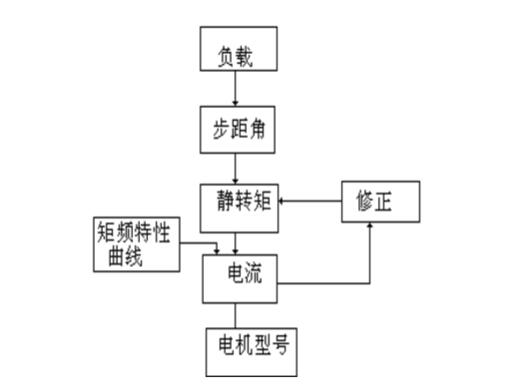
4, torque and power conversion
Into the motor generally used in a larger range of speed, its power is changed, generally only measured by the torque, torque and power are converted as follows:

The P is the power unit is watts, Ω is the angular speed per second, the unit is the radians, n is the rotational speed per minute, and M is the torque unit is Newton-meter P=2πfM/400 (half-step operation) where f is the number of pulses per second ( Referred to as PPS)
Stepper motor selection steps explain1, the choice of stepper motor torque
The holding torque of the stepper motor is similar to what the conventional motor calls "power." Of course, there are essential differences. The physical structure of the stepping motor is completely different from AC and DC motors, and the output power of the motor is variable. The type of motor is usually selected according to the required torque (ie, the torsional force of the animal to be taken). Generally speaking, the torque is below 0.8Nm, choose 20, 28, 35, 39, 42 (the diameter or square of the motor's body, unit: mm); the torque is about 1N.m, choose 57 motor is more appropriate. When the torque is several Nm or more, stepper motors such as 86, 110, and 130 are selected.
2, step through the choice of motor speed
Special consideration should also be given to the speed of the motor. Because, the output torque of the motor is inversely proportional to the rotational speed. That is, the stepping motor is at a low speed (a few hundred revolutions per minute or less, and its output torque is large), and the torque at a high-speed rotation state (1000 rpm/min-9000 rpm) is very small. Of course, some operating conditions require high-speed motors, and it is necessary to measure the resistance and inductance of the coils of the stepping motor. Selecting a motor with a slightly smaller inductance, as a high-speed motor, can obtain a larger output torque. On the contrary, in the case of low speed and high torque, it is necessary to select the inductance of more than ten or several tens of mH, and the resistance should be larger.
3ã€Selection of stepless motor no-load starting frequency
Stepless motor starting frequency of no-load, usually referred to as "empty frequency." This is an important indicator for choosing a motor. If it is required to start and stop frequently in an instant, and the rotational speed is around 1000 rpm (or higher), "acceleration start-up" is usually required. If you need to start directly to achieve high-speed operation, it is best to choose reactive or permanent magnet motor. The "spacing frequency" of these motors is relatively high.
Stepper motor selection
The choice of the number of phases of the stepper motor, this content, many customers pay little attention, most are purchased casually. In fact, different phases of motors have different working results. The more the number of phases, the smaller the step angle can be, and the smaller the vibration at work. In most cases, the use of two-phase motors is more. In a high-speed and high-torque working environment, it is practical to select a three-phase stepper motor.
5, choose for stepping motor use environment
Special stepper motors are waterproof and oil resistant for special applications. For example, an underwater robot requires a water discharge motor. For special-purpose motors, it is necessary to choose.
6, according to your actual situation whether you need special specifications
Special specifications of stepper motors, please communicate with us, within the scope of technology, processing orders. For example, the diameter, length, and extension direction of the output shaft.
7, if necessary, the best communication with the manufacturer's technical engineer and confirm the model
If necessary, it is best to communicate further with the manufacturer's technical engineers so that you can confirm that the power of the stepper you want to select satisfies all the requirements of your requirements.
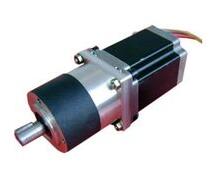
1. Misunderstanding between two-phase stepping motor, three-phase stepping motor and two-phase power 220 volts and three-phase power 380 volts
The stepping motor can be divided into two-phase stepping motor, three-phase stepping motor and five-phase stepping motor according to different internal structures. Since the cost of the five-phase stepping motor is high, it rarely appears on the market, so the commonly used is two-phase. Stepper motors and three-phase stepper motors. Many customers just touch the stepper, often mistakenly believe that two-phase stepper motor is 220 volt power supply, three-phase stepper motor is 380 volt power supply, in fact, is wrong. We say that the two-phase three-phase stepping motor is based on the number of poles in the internal structure of the stepping motor, and has no relationship with the 220V 380V power supply.
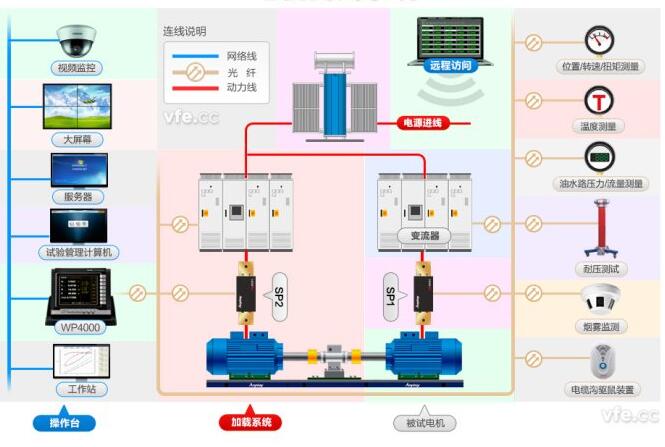
2. Misunderstanding between stepper motor power and torque
Stepping motor is generally used in a wide range of speed control, usually only measured by the torque, and the faster the speed the smaller the torque, the power is changed, so the stepper motor has no power, just say that the transfer Moments, some customers want to choose a motor that is about the same as the previous one in order to replace the conventional motor. Here is an approximate formula.
The torque and power are converted as follows:
∵P=Ω.M
Ω=2П.n/60
∴P=2П.nM/60, ≈nM/10 Power ≈ speed*torque/10
Where P is power in watts, Ω is angular velocity per second in radians, n is rpm, and M is torque in Nm.
3, the error of stepping motor supply
If the stepper motor is running normally, it must be used together with the stepper motor driver and the pulse controller. The stepper motor does not need to be directly connected to the power supply. The stepper motor's output line is directly connected to the driver. We usually call the power supply. The voltage refers to the supply voltage to the driver. There are many customers who wish to directly use the 220V voltage to supply power, convenient and quick, but not all stepper motors can be achieved, generally three-phase high-power 110 stepper motor with driver MA-3208 It is possible to directly supply 220V. The rest of the low-power motor drivers are equipped with a switching power supply or transformer.
4. Misunderstanding of the name of stepping motor
At present, the naming methods of domestic stepper motors can be varied and there is no unified national standard. Each manufacturer is named after its own method. Many customers directly ask if there is any type of stepper motor, if you want to find the same name The motor replacement, only to find the original manufacturer. In fact, all manufacturers of stepper motors are the same, but the name is different, we only need to seize the key parameters, flange length, maintain torque, motor fuselage length, step angle can determine the alternative motor.
5, the misunderstanding between stepping motor basic step angle and subdivision
Stepper motor subdivision technology is essentially an electronic damping technology, its main purpose is to reduce or eliminate the low frequency vibration stepper motor, improve the motor's running accuracy is only an additional function of the subdivision technology. The actual step angle when the motor is subdivided is a fraction of the basic step angle. (The basic step angle of the two-phase stepping motor is 1.8°, that is, one pulse goes 1.8°. If there is no subdivision, it is 200 pulses that go 360° one circle. The subdivision is to precisely control the phase current of the motor through the driver. Generated, has nothing to do with the motor, if it is 10 subdivided, then send a pulse motor to go 0.18 °, that is, 2000 pulses go 360°, the accuracy of the motor can reach or close to 0.18°, also depends on the subdivision driver The subdivided current control accuracy and other factors.The precision of the subdivided drivers of different manufacturers may vary greatly, the finer the subdivision number, the more difficult it is to control the precision.The basic step angle of the three-phase stepping motor is 1.2°. That is, a pulse goes 1.2°. If there is no subdivision, 300 pulses go 360°. If it is 10 subdivision, it sends a pulse. The motor goes 0.12°, that is, 3000 pulses go 360°. And so on.
Spare parts for enignes, generators, genset controller
. Diesel engine parts: Cummins, Perkins, MTU, Mitsubishi, Volvo, Doosan, Yuchai, Wiechai, Cat
. Generator parts: Stamford, Leroy Somer, Marathon, Mecc Alte, Faraday, Engga
. Genset controller parts:Deepsea, ComAp, Deif, SmartGen
. Transformer
. Light Tower
. Sunlight Tower
. Breakers
. Radiators
. Sensors and Meters
. Lube Oil and Coolant.
. Panels
Spare Parts,Genset Controller,Engine Spare Parts,Alternator Spare Parts
Guangdong Superwatt Power Equipment Co., Ltd , https://www.swtgenset.com